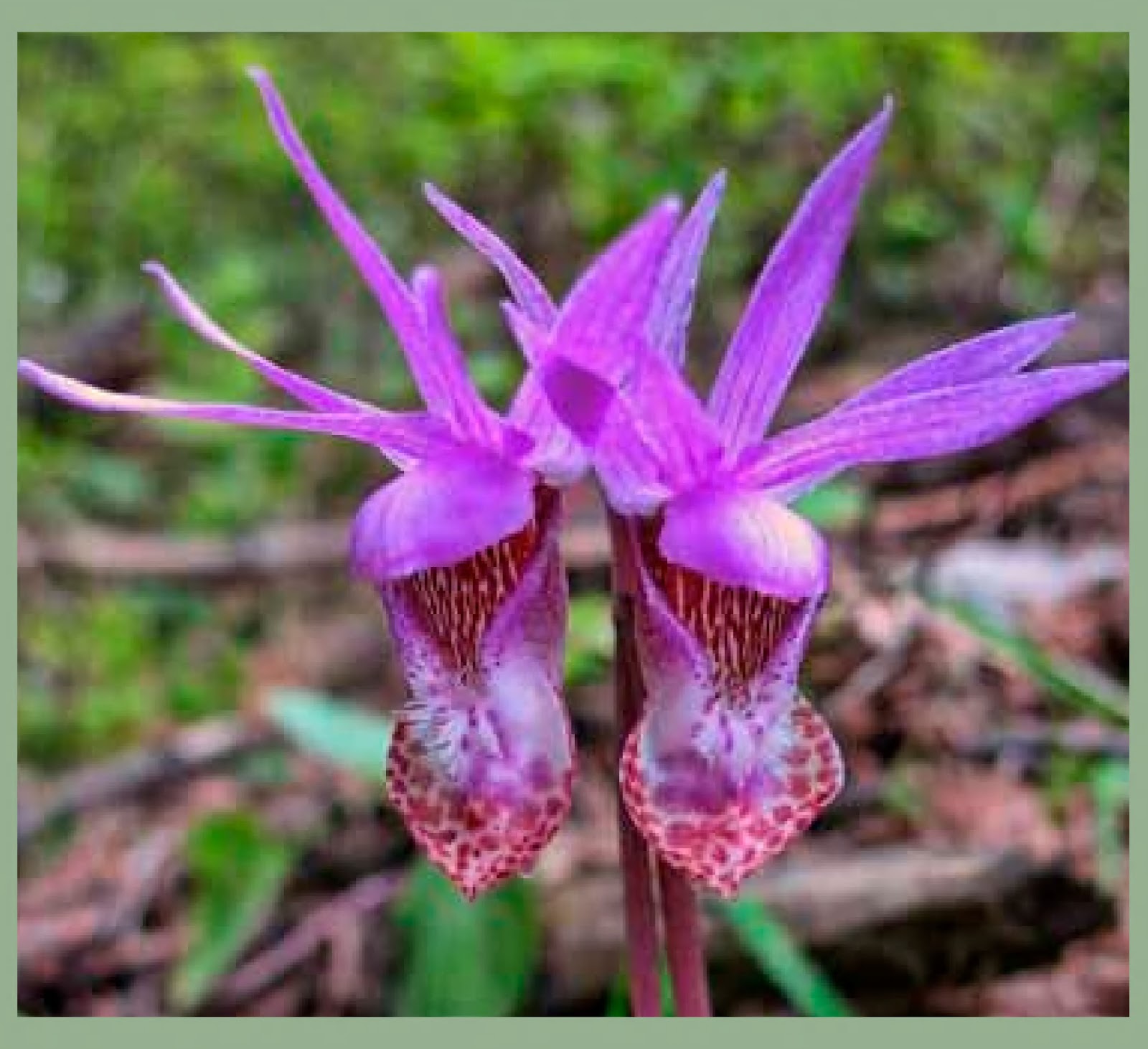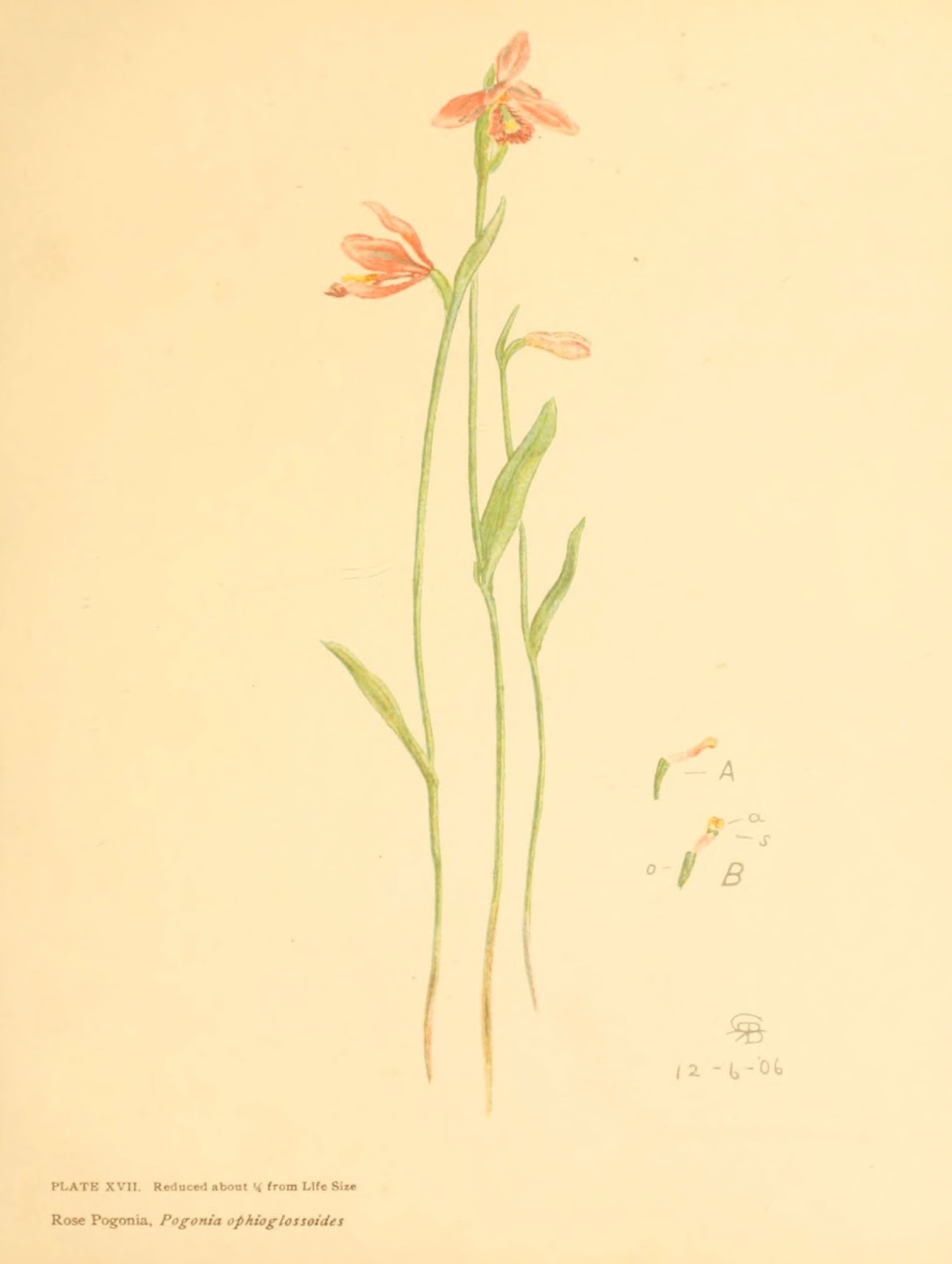A Local Focus: The Native Plant Societies of the U.S.
All over North America, there are organizations that study, preserve, and promote local flora. Called by various names, these organizations fall under the umbrella term “native plant societies.” While they are independent from one state or province to the next, and while some may have a particular focus, such as wildflowers, they have many similarities: their membership is comprised of professional botanists and amateur enthusiasts; they conduct surveys and field research focusing on a specific geographic region; they are actively involved in conservation; and they usually publish a newsletter to keep members apprised of society activities.
 |
| Calypso Orchid, Calypso bulbosa. Photo by Gerry Queener. Sage Notes, v.34, no.3 (2012) |
Through the Expanding Access to Biodiversity Literature project, BHL has received permission for the newsletters of several native plant societies and chapters:
Just as native plant societies share many similarities, so do their newsletters. They typically contain updates about society-sponsored events and meetings, brief features on a particular plant group or biodiverse area, and occasionally tips for identification and cultivation. They also contain pertinent information about conservation initiatives and the kinds of administrative information common to all organizational newsletters. But the most valuable portion of each newsletter, from a biodiversity perspective, is surely the field trip summary. Field trips are a central activity of all native plant societies.
 |
| Turtle Mountains, Mojave Desert. Photo by John Game. The Bay Leaf, January 2016 |
While original botanical research is typically associated with books and peer-reviewed journals (and some societies do publish their own journals), these newsletters are a goldmine of information about rare plants and the ecologically sensitive areas where they’re found; over the years, repeated field trips to these areas reveal trends in the health and abundance of plants, in the same way that Christmas bird counts document changes in avian populations.
 |
| Pogonia ophioglossoides from Rosina Cox Boardman’s Lilies and Orchids (1906), Pl. XVII |
For example, the Fall 1981 issue of Claytonia documents the discovery of several rare plants that hadn’t been seen in Arkansas in over 30 years, including the Rose Pogonia orchid, Pogonia ophioglossoides.
Another example: The Harbinger v.30, no.3, contains an account of how a glacial prairie came into possession of the local township after its owner–a farmer who had used the land to graze cattle–passed away. Plans for a baseball field and parking lot were scrapped when the land was found to contain rare plants like Hill’s Thistle (Circium hillii) and Prairie Buttercup (Ranunculus rhomboideus). The article describes efforts by Illinois Native Plant Society members to preserve the land and protect the plants by removing invasives and doing hydrological restoration.
We are grateful to the native plant societies who have generously shared their local expertise by making their newsletters available to researchers through BHL. In addition to the biodiversity information they contain, these publications are a wonderful snapshot of the small, dedicated groups of people working all over the U.S. to document and preserve our native plants.
Are you interested in getting involved in a native plant society near you? If you live in the U.S. or Canada, check this list compiled by the North American Native Plant Society to locate the closest organization.





Leave a Comment